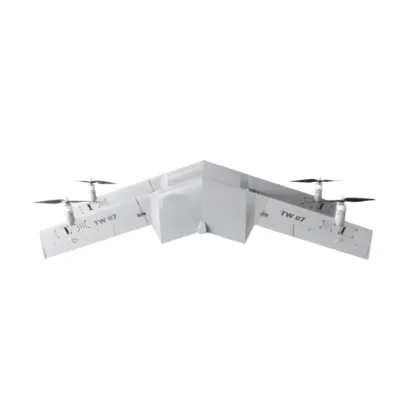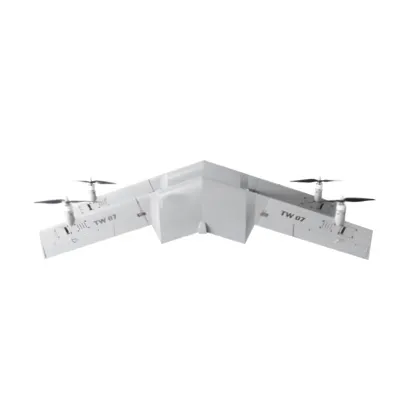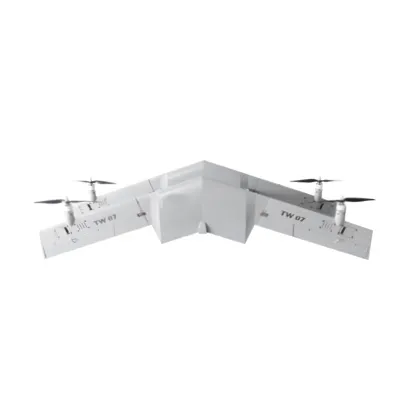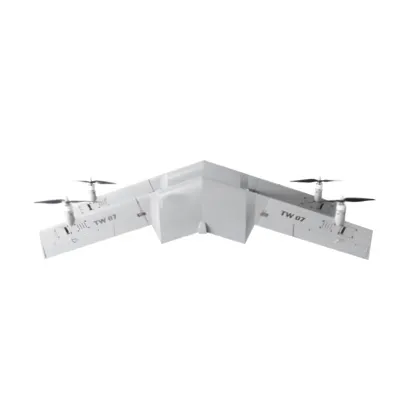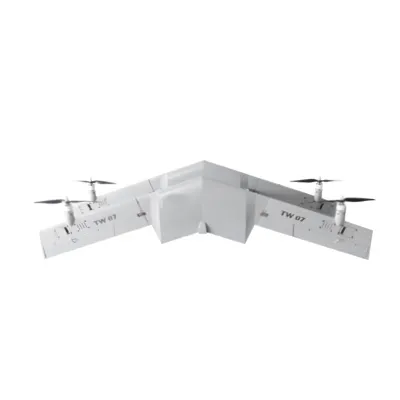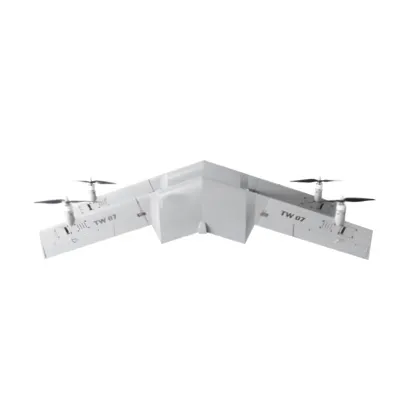
- africano
- albanés
- Amárico
- árabe
- armenio
- Azerbaiyano
- vasco
- Bielorruso
- bengalí
- bosnio
- búlgaro
- catalán
- Cebuano
- Porcelana
- corso
- croata
- checo
- danés
- Holandés
- Inglés
- esperanto
- Estonio
- finlandés
- Francés
- frisio
- gallego
- georgiano
- Alemán
- Griego
- Gujarati
- Criollo haitiano
- Hausa
- hawaiano
- hebreo
- No
- Miao
- húngaro
- islandés
- igbo
- indonesio
- irlandés
- italiano
- japonés
- javanés
- Canarés
- kazajo
- Jemer
- Ruanda
- coreano
- kurdo
- Kirguistán
- Mano de obra
- latín
- letón
- lituano
- Luxemburgués
- macedónio
- madagascarí
- malayo
- Malabar
- maltés
- maorí
- Maratí
- mongol
- Birmania
- Nepalí
- noruego
- noruego
- Occitano
- Pashto
- persa
- Polaco
- portugués
- punjabi
- rumano
- ruso
- Samoano
- Gaélico escocés
- serbio
- Inglés
- Shona
- Sindhi
- Cingalés
- eslovaco
- esloveno
- somalí
- Español
- Sundanés
- swahili
- sueco
- Tagalo
- Tayiko
- Tamil
- Tártaro
- Télugu
- tailandés
- turco
- Turcomano
- ucranio
- Urdú
- Uigur
- Uzbeko
- vietnamita
- galés
- Ayuda
- yídish
- Yoruba
- zulú
Unmanned Aerial Vehicles: The Future of Aerial Technology
Unmanned aerial vehicles (UAVs), commonly known as drones, have become a critical part of modern technology. These versatile machines are used across various industries, from agriculture to entertainment. Unmanned aerial vehicles provide the advantage of reaching areas that may be difficult, dangerous, or impossible for humans to access. As technology advances, the role of UAVs in society is expanding, with new applications and innovations emerging every day.In this article, we will explore the different types of unmanned aerial vehicles, their applications, and how they are changing industries around the world. The rapid growth of the UAV market, including 4K drones and agriculture drones, is revolutionizing the way businesses operate and how individuals engage with technology.
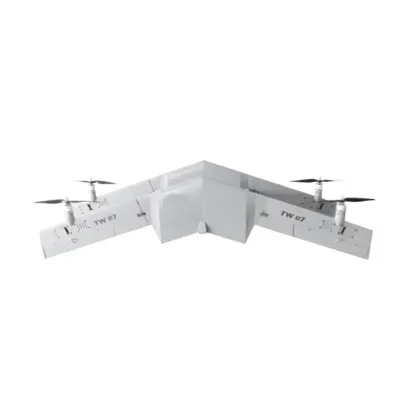
1. The Different Types of Unmanned Aerial Vehicles
There are various unmanned aerial vehicle types, each designed for specific functions and applications. These types differ in terms of size, capabilities, and intended use. Some of the most popular types of UAVs include aerial drones, 4K drones, and specialized drones for agriculture and industrial applications.
Aerial drones are the most common type of UAV and are used for recreational purposes, photography, surveillance, and more. They are equipped with cameras and sensors that allow users to capture high-quality footage and data from the air.
4K drones are equipped with high-definition cameras that capture stunning aerial footage in 4K resolution. These drones are widely used in filmmaking, media production, and even real estate photography, where high-quality visuals are required.
Agriculture drones, or agri drones, are designed specifically for farming and agricultural purposes. These drones are equipped with sensors and cameras that can monitor crop health, map fields, and help with precision farming techniques. This allows farmers to maximize crop yields while minimizing resource use.
2. Applications of Unmanned Aerial Vehicles
La versatilidad de unmanned aerial vehicles has made them invaluable in numerous industries. Drones are now used in a wide range of sectors, including agriculture, environmental monitoring, surveillance, logistics, and entertainment.
In the agriculture sector, agriculture drones are transforming how farmers manage their fields. These drones can monitor crop growth, detect pests, and even spray fertilizers or pesticides in a precise and efficient manner. This technology, known as precision agriculture, reduces the need for manual labor and ensures better yield while minimizing waste.
Aeronautics drones are another specialized type of UAV used in the aerospace industry. These drones are often used for research, testing, and development of new aeronautical technologies. They provide valuable data that can be used to improve aircraft design, performance, and safety.
Aero quad drones are popular in both recreational and professional settings. These four-rotor drones are known for their stability and ability to carry payloads such as cameras and sensors. They are used in a variety of applications, from surveying and mapping to entertainment and aerial photography.
Air drones are a more general term used to describe any drone that operates in the air. These can be used for a wide variety of tasks, including surveying, aerial inspections, search and rescue missions, and more.
3. The Future of Unmanned Aerial Vehicles
The future of unmanned aerial vehicles looks promising, with continuous advancements in technology and new applications emerging. As the demand for drones grows, the market for unmanned aerial vehicles for sale is expanding, with more affordable and accessible options becoming available to consumers and businesses alike.
In the future, drones will become even more integrated into daily life. For example, agri drones may become essential tools for large-scale farming, providing real-time data that can help farmers make informed decisions about irrigation, planting, and harvesting. 4K drones will continue to evolve, offering even higher resolution and advanced features such as obstacle avoidance, AI-assisted navigation, and improved battery life.
Furthermore, unmanned aerial vehicles will likely play a critical role in the logistics industry. Companies such as Amazon and Google have already begun experimenting with drone delivery systems, and it is anticipated that drones will be used to deliver goods faster and more efficiently, reducing delivery times and costs.
Another area where unmanned aerial vehicles are expected to have a significant impact is in environmental monitoring. Drones can be equipped with sensors to track changes in ecosystems, monitor air quality, and even assess the effects of climate change in hard-to-reach areas.
Conclusion: The Impact of Unmanned Aerial Vehicles
In conclusion, unmanned aerial vehicles are shaping the future of multiple industries by providing innovative solutions to age-old problems. Whether it's in agriculture drones helping farmers increase efficiency, 4K drones capturing breathtaking visuals, or aero quad drones revolutionizing research in aeronautics, UAVs are transforming how we interact with technology.
As technology continues to advance, the future of unmanned aerial vehicles looks bright, with more sophisticated drones becoming available for both professional and recreational use. The versatility and potential of unmanned aerial vehicles will continue to drive innovation, making drones an integral part of the global technology landscape.






